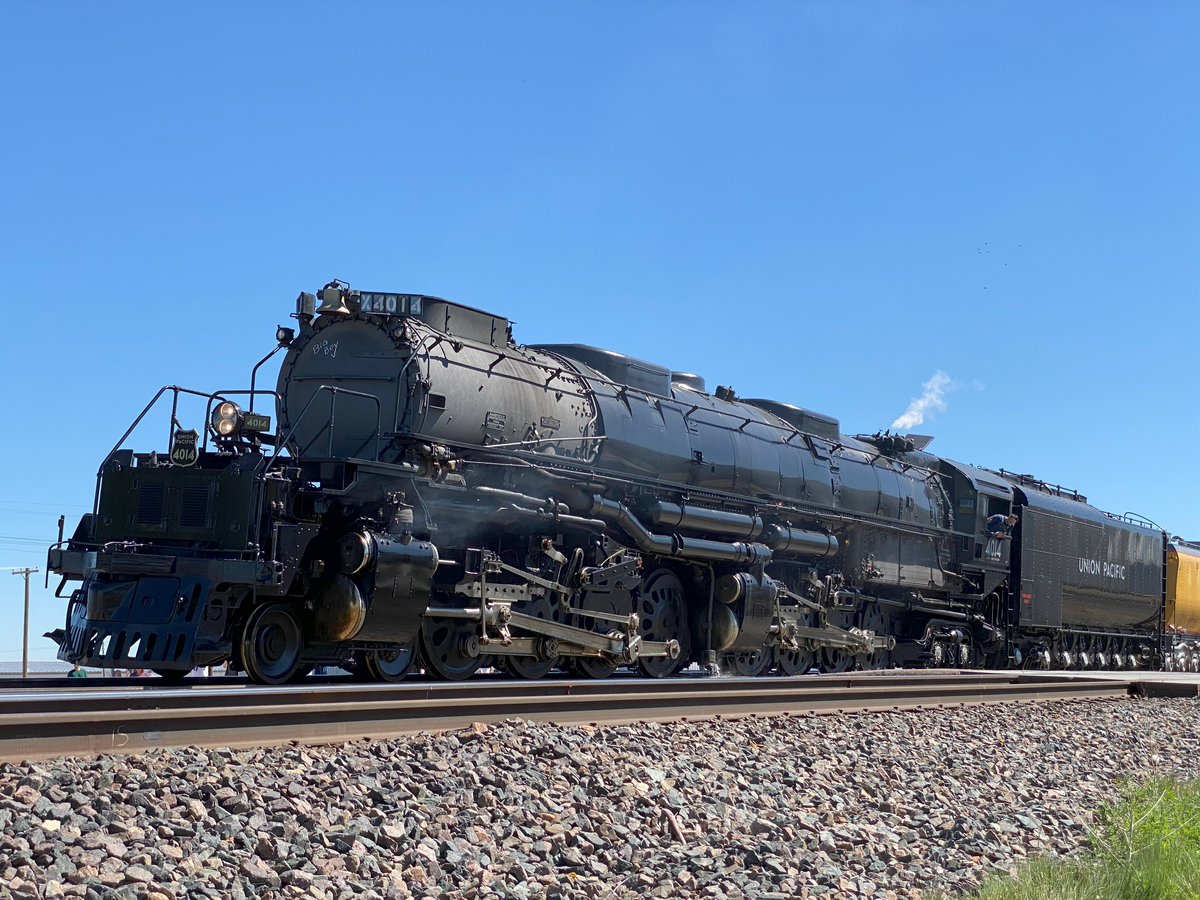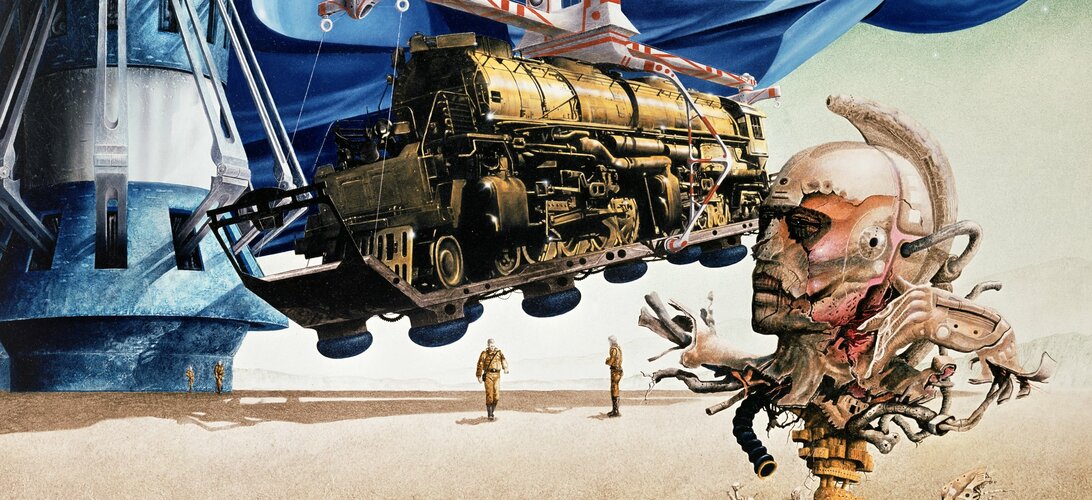- Joined
- 16 December 2010
- Messages
- 2,832
- Reaction score
- 2,063
What Hitler planned for German Railways had they won the war...
View: https://www.youtube.com/watch?v=zkuEP5iMRiM
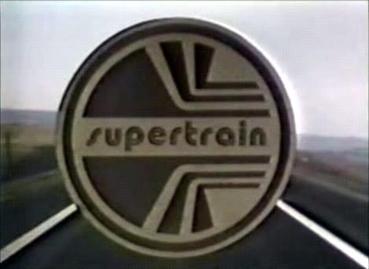
"Six months to live, that's all they give him... so forget about Christmas!""The Big Bus" looked like a train.
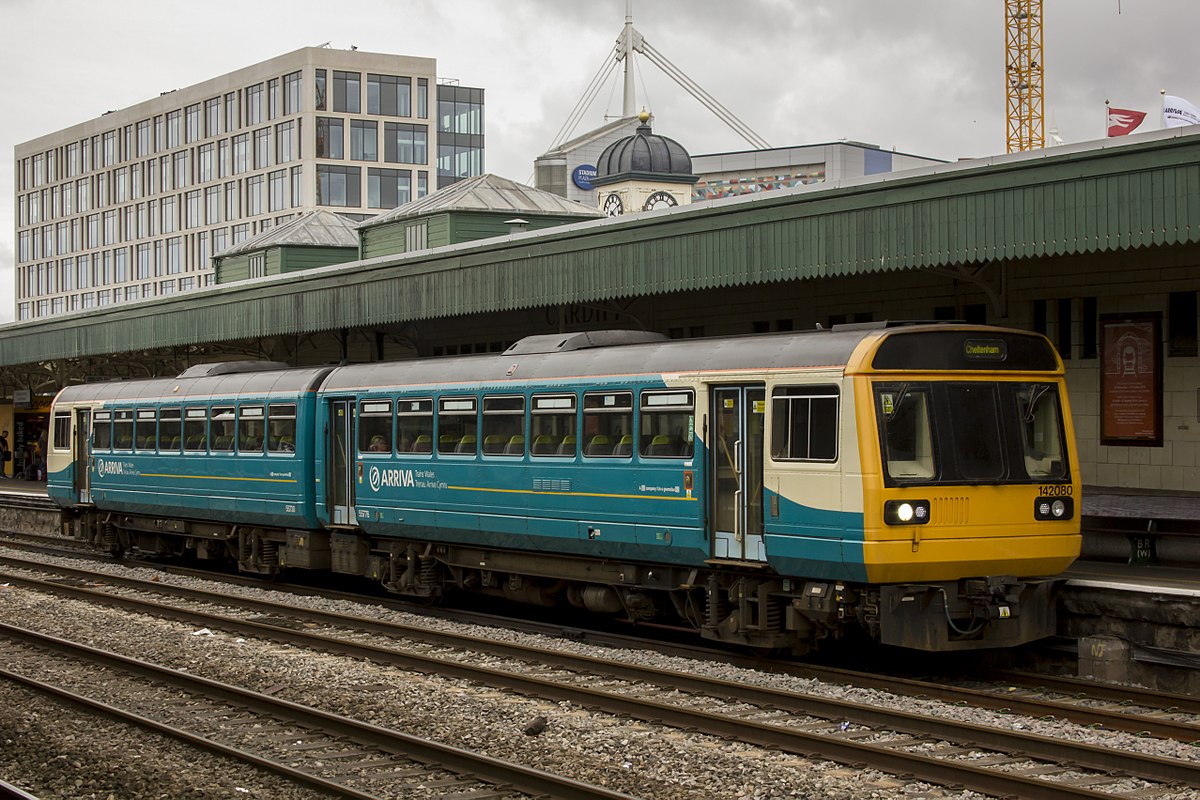
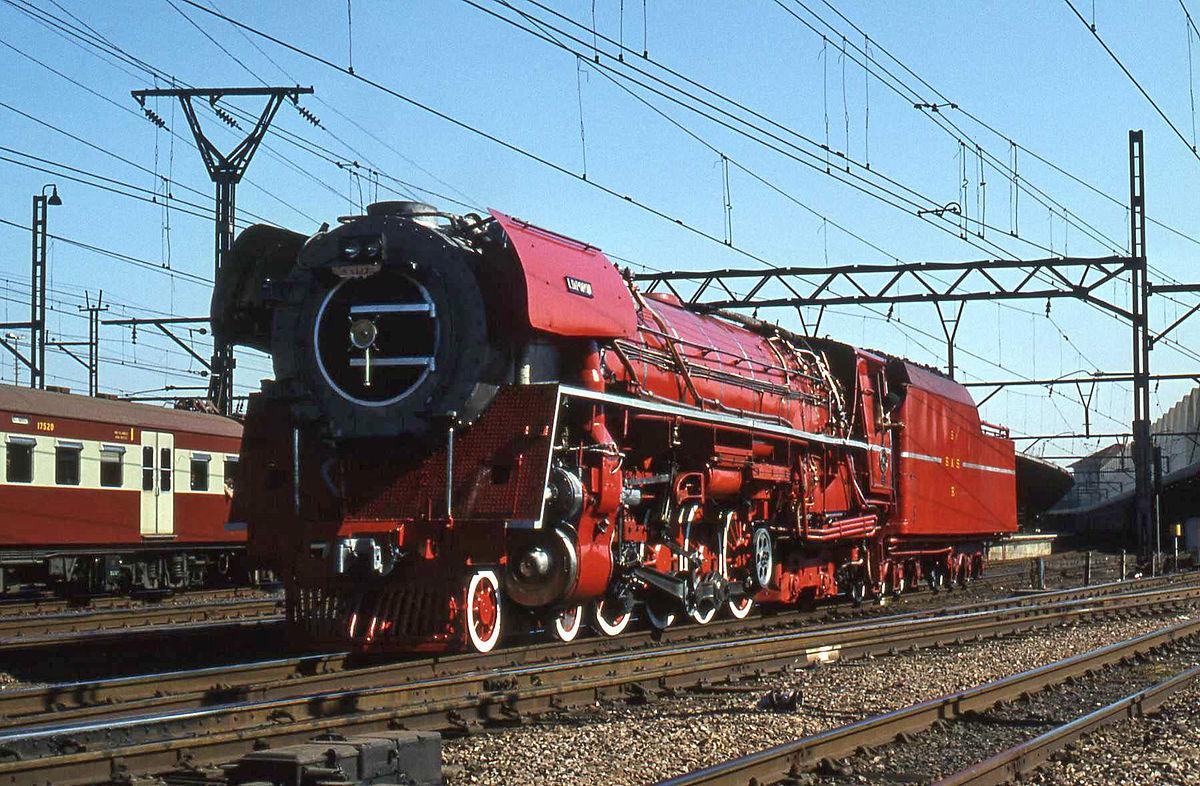
Steam systems need a lot of maintenance. Imagine needing 3 or 4 locomotives to keep 2 out making money.The Red Devil was running again 6 months ago.
Whilst not the biggest, it was an interesting project during the twilight of steam, to inject new technologies into increasing power, efficiency, and economy.
I think they managed to increase power by 50% (to about 5000hp) whilst at the same time increasing its efficiency and economy.
All for naught, as the powers that be had decided on electric and diesel.
It would have been interesting to see what this might have led to regarding size and power.
View: https://youtu.be/gTb5gI_avOw
Very true, no argument.Steam systems need a lot of maintenance. Imagine needing 3 or 4 locomotives to keep 2 out making money.
Compared to diesels needing less than 3 to keep 2 out making money (about 10 locomotives for 9 out), or electrics needing just over 2 to keep 2 out making money (about 20 locomotives for 19 out)
Something that they may now be bitterly regretting, given the current state of affairs in the country.Yet diesel and electric still won out.
That's probably the real answer.I have a feeling that cost of construction of permanent way would have been a limiting factor in the size of giant trains.
Maintenance costs - in materials, shop overhead (tools, shop space, etc), and highly trained personnel also factored in heavily.Very true, no argument.
I suspect in this particular case, South Africa being one of the largest coal producers in the world with one of the largest coal reserves probably played a role. Especially having to import oil/diesel.
Yet diesel and electric still won out.
